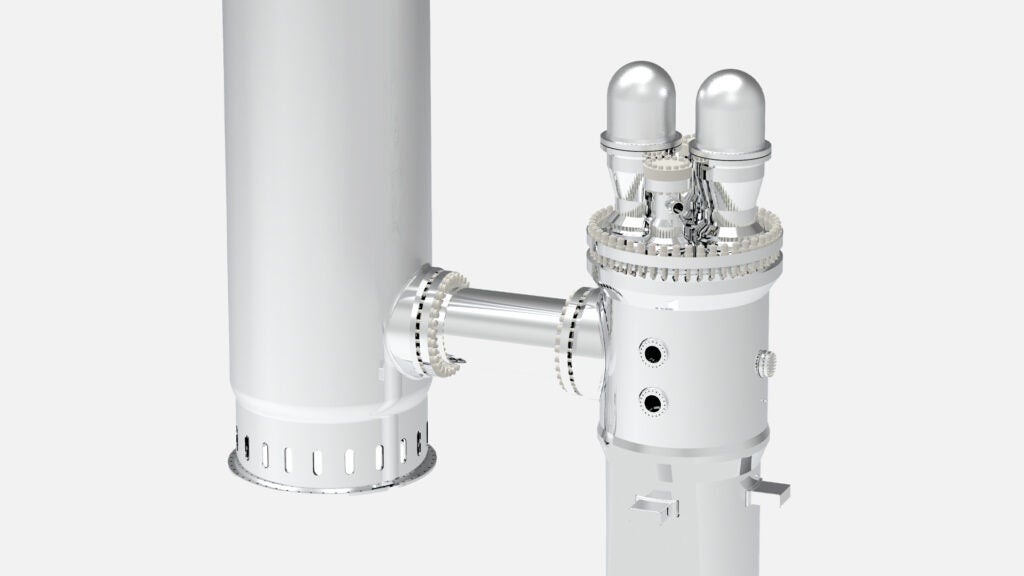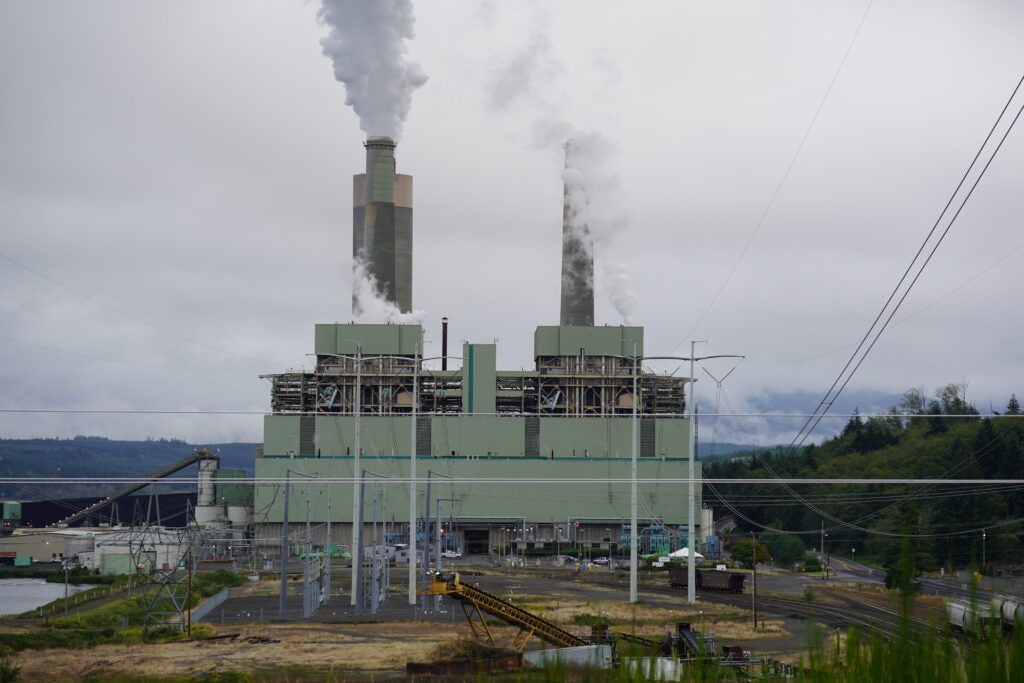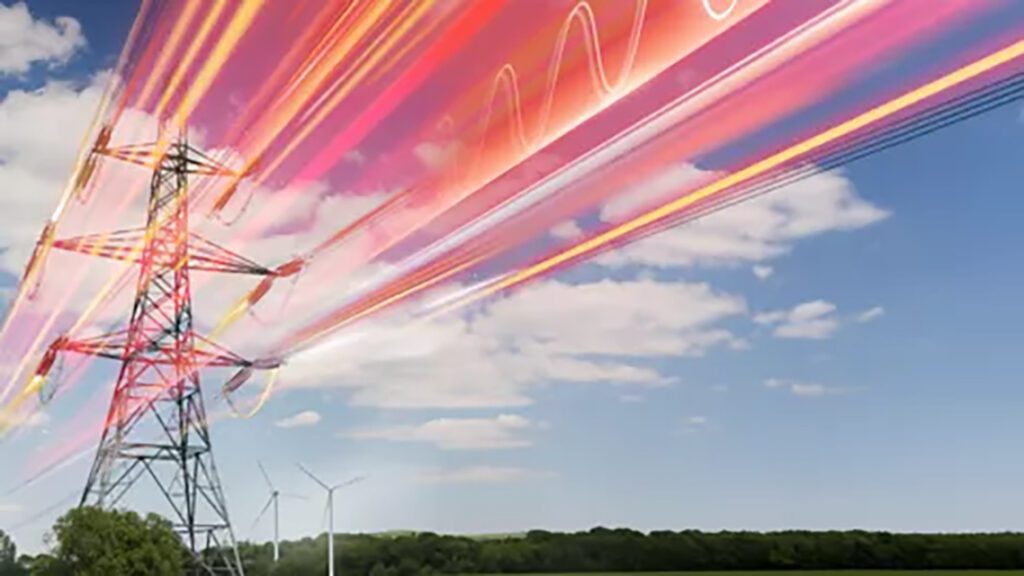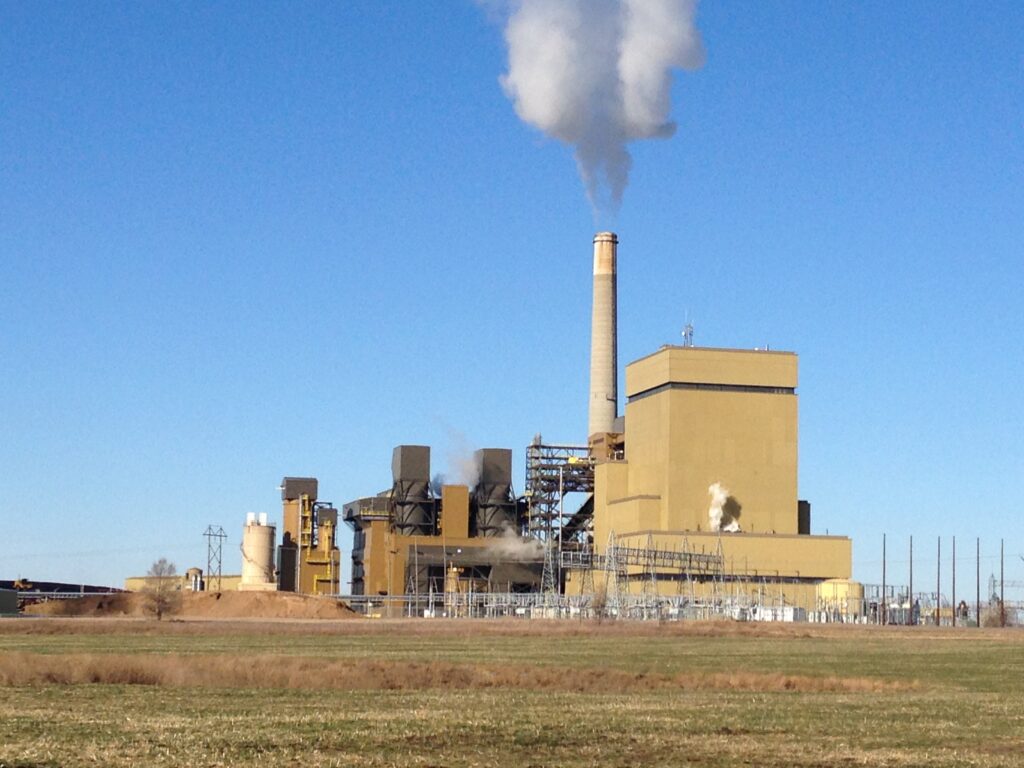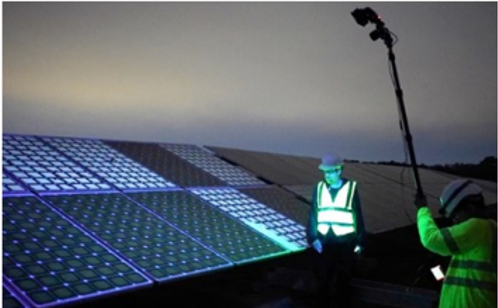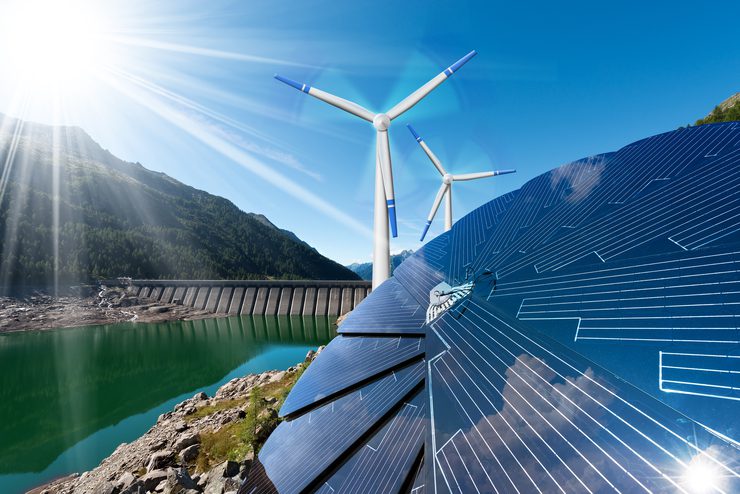
According to American Clean Power, utility-scale solar is currently the third-largest renewable energy source in the world. And despite recent changes in law reducing future tax credits, solar power’s relatively low total cost compared to other sources, coupled with its quick time to market, still makes utility-scale solar power a highly viable solution for the U.S. market. With the demand for electricity expected to grow sharply, utility-scale solar installations could prove to be an effective solution to meet this need.
But these projects can be incredibly complex. To determine if you are ready to take on a utility-scale solar project, it’s important to fully understand some of the associated complexities and how to best navigate them.
Protecting Connectors to Avoid Misconnections
One major challenge for the solar industry is failing connectors. Connectors can be challenging to work with and must be terminated quickly to reduce the chance of damage or contamination. Without proper storage and handling, termination practices, and trained labor, there is a higher risk of failure early in the life of the connection point.
Proper storage and handling: Protecting connectors is critical, and that starts with storing and handling them correctly. Keep connectors and any other important tools and materials in safe areas that aren’t exposed to the elements. Workers should also ensure that products and materials are transported securely across the jobsite to minimize the chances of damage.
Proper termination practices: There are three key steps in photovoltaic (PV) connector termination: stripping, crimping and torquing. All three are crucial for a successful project. A termination that is slightly off can result in hotspots or failures that could shut down a whole string and bring a project offline for weeks or longer. Even worse, crimp failures can cause a fire. All of this means lost revenue and potential danger for workers.
- Stripping: Cable stripping needs to be precise. Strip too much, and extra is strand exposed; too little, and there’s not enough room to get a good crimp. It’s also important to strip without scoring the conductor or breaking too many strands.
- Crimping: Workers should ensure they utilize the correct crimp tools for the specific connector. Every manufacturer has its own very specific requirements for tooling that are often overlooked. Additionally, using the correct pressure is vital. Over-crimping can lead to higher resistance levels, and under-crimping can cause terminations to be loose or fall off.
- Torquing: Water ingress can severely damage electrical circuits. Maintaining water-proof sealing on connectors is paramount, especially in the solar market, where voltage and amperage are higher and most of the system is exposed to weather. Every connector manufacturer has its own specific requirements for torque levels, and it is essential to follow those values and consistently re-calibrate the torque tooling. Under-torquing won’t make the required seal, and over-torquing will destroy the seal.
Highly trained labor: While code may not require PV connector terminations to be done by a certified electrician, it is critical to use highly trained professionals with tooling certifications for the termination type. With unskilled/untrained workers, errors can be common. Even a low error rate can cause issues due to the massive volume of wires, cuts and connectors that need to be installed. When dealing with a project at this scale, even a small percentage of incorrect circuit connections could lead to significant extra work later to fix the mistakes.
One simple fix to these issues is to have connectors assembled offsite in a factory-controlled setting. Large projects, such as those that are 100 MW to 500 MW or more, can have thousands or even tens of thousands of connectors. Putting this many connectors together with hand tools in the field is not ideal. As such, connectors for these projects are generally pre-assembled before they get to the jobsite. This process can be leveraged for smaller-scale solar projects as well. In addition to ensuring quality and consistency, having terminations factory installed can significantly reduce onsite labor costs.
Cutting the Cord on Cable Complexities
Managing the sheer volume of cable can be challenging on utility-scale solar jobs. These projects can have hundreds of master reels and tracking how much cable is left on each reel can be difficult. Contractors want to maximize the cable they have, but without a proper strategy in place, workers often prematurely pull from a new reel. This waste leads to significant cable scrap, and those costs add up. Cutting the length proactively can save both cost and labor.
The cuts can be delivered to the jobsite with pre-installed pulling eyes to save labor on installation time. Instead of having one team moving from reel to reel to make pulls on the feeder cables, multiple cuts and multiple circuits are ready to be pulled and installed. This means different teams can work in tandem, which significantly expedites the process.
Innovative reel solutions can also feature both positive and negative strings spooled onto the same reel, and they can spin independently. This allows both strings to be pulled at the same time, and it eliminates the need for a jack stand, which is especially helpful in a remote job location. The strings are set up and labeled to pull by circuit, ensuring that terminations are done in a controlled manner.
Consider the example of a 630K-MW project spanning 13 miles. In this case, the contractor relied on 16 reels on a flatbed trailer that allowed for all cables to be pulled simultaneously and directly from the trailer, as the cables were cut to exact length and the pulling heads were pre-installed and mounted on each conductor. The cables were also labeled per circuit, allowing for a full inverter block to be deployed at the same time. This led to the project being delivered months ahead of schedule and saved upwards of 40% in labor costs.
Given the demand for specialized labor on these large jobs, eliminating complexities through pre-assembly and innovative cable solutions significantly help increase efficiencies and save on labor costs.
Ensuring Effective Material Management and Maximizing Technicians’ Time
Another challenge associated with utility-scale solar projects is materials management, both from a financial and labor perspective. If adequate stock isn’t available, solar technicians can waste significant time waiting for materials to be delivered and staged from a truck.
To help solve this issue, some contractors have turned to automated systems where employees can order supplies from the road and have them staged for use when needed. If desired, an onsite material management program can also utilize mobile trailers fully stocked with safety gear and other products, which are barcoded for easy tracking. When stock runs low, the system can alert managers to order more. This not only helps save time but also helps control inventory and costs.
Executing a successful solar project requires precise coordination across all project phases. But for utility-scale projects, the challenges—and potential impacts—are multiplied. From finicky connectors to efficient materials management and labor constraints, there is a lot to manage. Custom-designed solutions that streamline installation and improve performance on these projects can greatly support contractors, alleviate complexities and ensure renewable energy is delivered to customers as quickly as possible.
—Sean Grasby is Senior Vice President and General Manager of U.S. Construction and Energy Solutions for Wesco.



